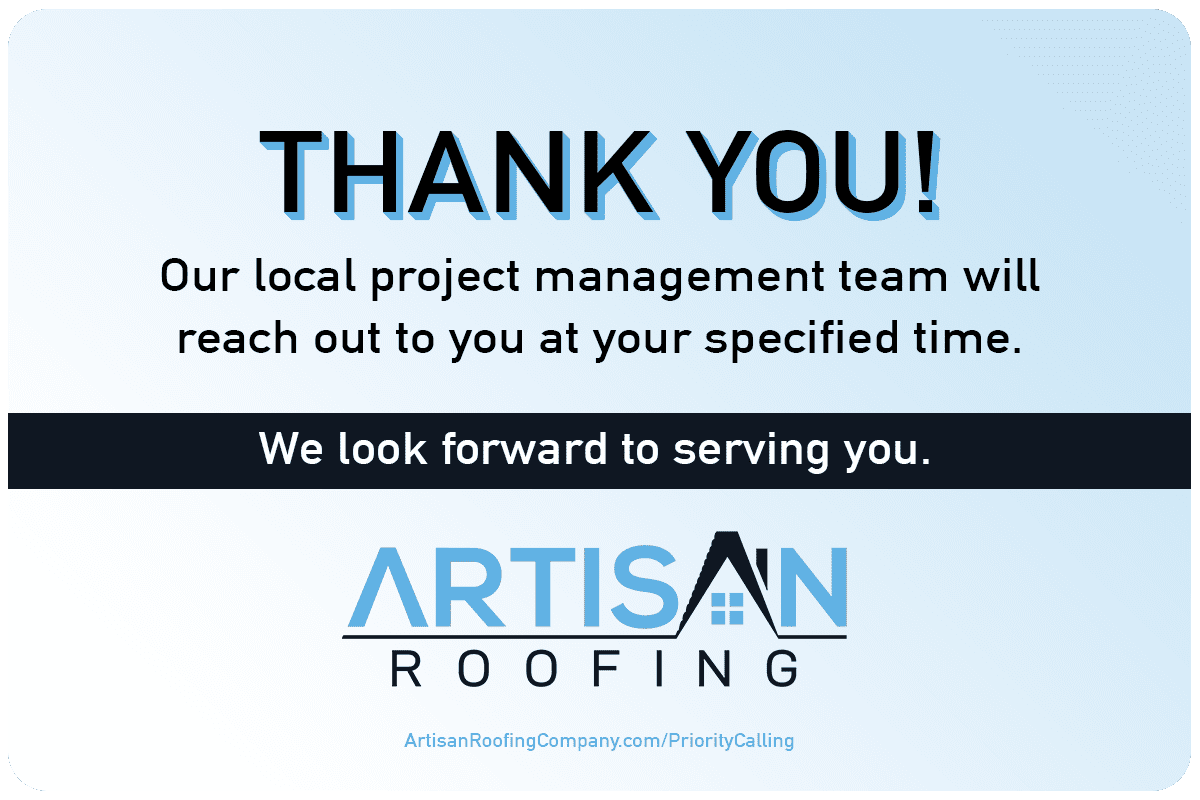Embarking on a roof replacement project can be a significant investment for any homeowner. Understanding the factors that influence the cost of a new roof is essential for budgeting effectively and ensuring a successful outcome. From materials to labor and everything in between, here are 11 key factors that can impact the cost of your new roof.
- Roof Size and Pitch: The size and pitch of your roof play a crucial role in determining the overall cost of the project. Larger roofs require more materials and labor, resulting in higher expenses. Additionally, roofs with steeper pitches may necessitate specialized equipment and safety measures, contributing to increased costs.
- Material Choice: The type of roofing material you choose significantly impacts the cost of your new roof. Options range from asphalt shingles, which are budget-friendly, to premium materials like metal, tile, or slate, which come at a higher price point. Consider factors such as durability, aesthetics, and long-term maintenance requirements when selecting the appropriate material for your home.
- Roofing Accessories: In addition to the primary roofing material, various accessories such as underlayment, flashing, vents, and gutters contribute to the overall cost of the project. These components are essential for ensuring proper ventilation, waterproofing, and drainage, thus protecting your home from moisture damage and other issues.
- Roof Complexity: The complexity of your roof’s design and structure can impact both material and labor costs. Features such as dormers, skylights, chimneys, and multiple roof levels require additional materials and labor for installation and may pose challenges during the construction process, leading to higher expenses.
- Roofing System Requirements: Depending on your location and climate, certain roofing systems may be required to meet building codes and regulations. For example, homes in hurricane-prone areas may need reinforced roofing systems to withstand high winds, while those in cold climates may require ice and water shields for added protection against ice dams.
- Labor Costs: Labor costs, including the wages of roofing contractors and crew members, significantly impact the total cost of your new roof. Factors such as labor availability, experience level, and project duration can influence labor rates. It’s essential to obtain multiple quotes from reputable contractors and ensure that labor costs are transparently outlined in the project estimate.
- Roofing Warranty: The type and duration of the warranty provided by the roofing manufacturer and contractor can affect the overall cost of the project. Higher quality materials and longer warranties may come with a higher price tag but offer greater peace of mind and protection against future issues.
- Roof Accessibility: Accessibility to your roof can impact the complexity and cost of the installation process. Factors such as the height of your home, ease of access, and obstacles such as trees or power lines may require additional equipment or safety measures, contributing to increased expenses.
- Removal of Existing Roof: If your existing roof needs to be removed before installing the new one, this process will add to the total cost of the project. Labor and disposal fees for removing old roofing materials must be factored into your budget.
- Local Regulations and Permits: Obtaining necessary permits and complying with local building codes and regulations can incur additional costs. Permit fees, inspections, and adherence to specific requirements may vary depending on your location and the scope of the project.
- Seasonal Considerations: Roofing projects may be subject to seasonal fluctuations in material prices, labor availability, and weather conditions. Scheduling your project during off-peak seasons or taking advantage of seasonal promotions and discounts can help mitigate costs.
In conclusion, several factors contribute to the cost of a new roof, and understanding these elements is crucial for budgeting effectively and planning a successful project. By considering factors such as roof size, material choice, labor costs, and local regulations, homeowners can make informed decisions and ensure a durable and cost-effective roofing solution for their home. Investing in a high-quality roof installation performed by experienced professionals can provide long-term protection and enhance the value of your property.

